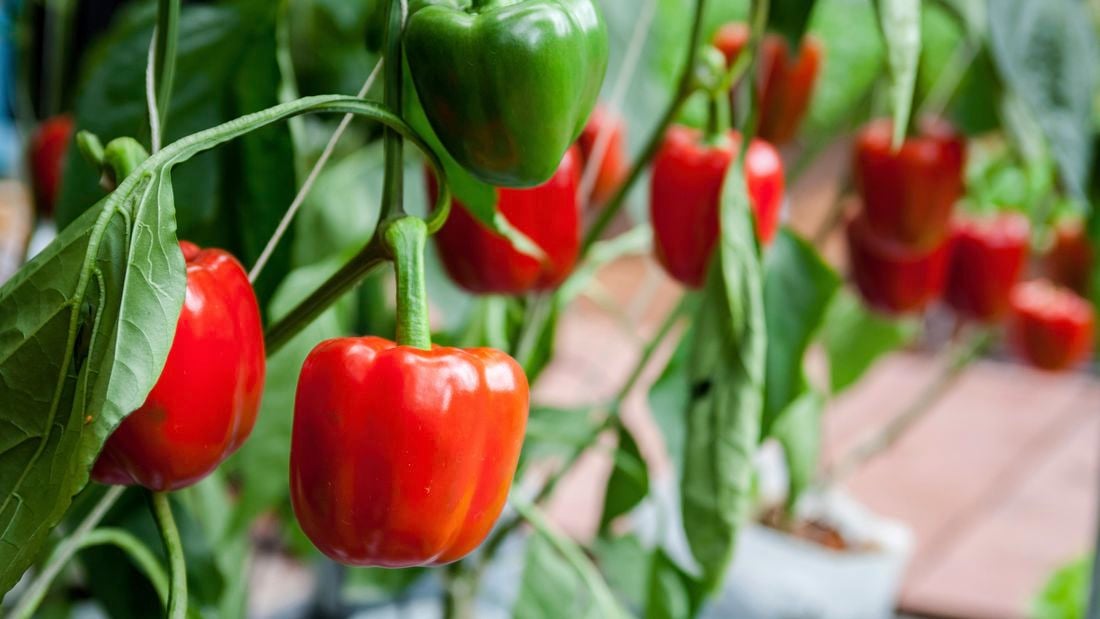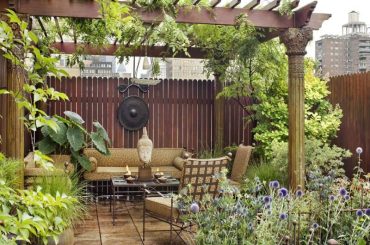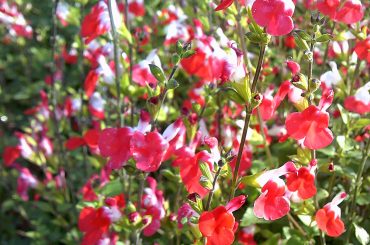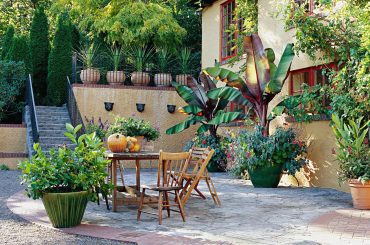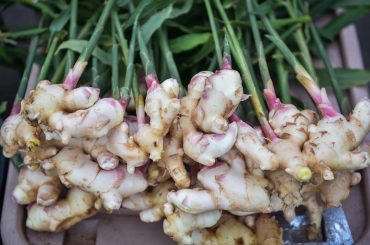Table of Contents
Capsicum or Bell Pepper comes in a variety of sizes, shapes, and colours. You enjoy these varieties in your food every day across multiple cuisines, in salads, pasta, baked dishes, stir-fry, noodles, roasted dishes, and much more. You can eat them raw, cooked, jam form, dried, pickled, or frozen. So many possibilities for you to enjoy bell peppers, and people are still coming up with new recipes all the time for you to try out.
You can even grow capsicum in your garden quite easily. They are a good choice to grow since the plant gives you an edible yield. Capsicum is an attractive and vibrant crop that will bring an array of colours to your garden.
In this article, you will learn how to grow capsicum pepper in your garden, what type of soil you need to use when to harvest the peppers, how to make sure your plant will give a fruitful yield, and other important things.
The Capsicum or Bell Pepper Plant
Capsicum is a genus consisting of flowering plants in the Solanaceae family or nightshade family. The bell pepper plant is native to South America, and they have become popular and spread to Europe and Asia. Bell peppers are available in four colours: red, yellow, orange, and green. These colours represent the same plant at different phases of ripeness. Red is the most ripe, green is the least ripe, with orange and yellow being between ripeness. Some varieties are ideal for outdoor growing, while other varieties should be planted in containers on a sunny balcony or patio. Like tomatoes, bell peppers are fruits since they come from plants, even though you use them as vegetables in your cooking.
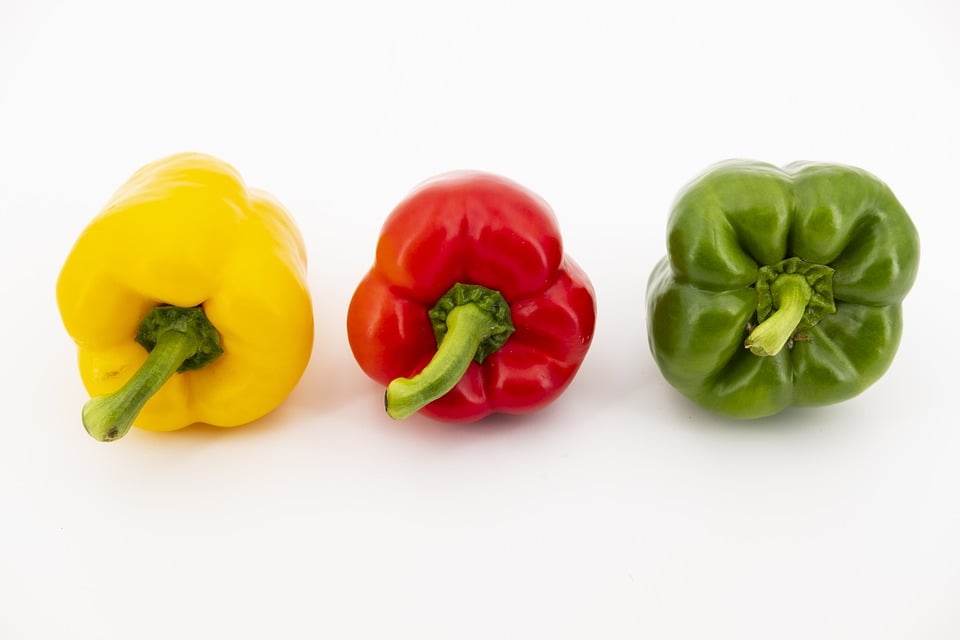
A Brief Overview of Capsicum
- Scientific Name – Capsicum annuum
- Common Name – Sweet Bell Pepper
- Plant Type – Fruit
- Hardiness – H1C
- Sunlight – Full sun
- Height – Varies
- Spread – Varies
- Bloom Time – Summer
Planting Capsicum Pepper
You can plant capsicum in your garden, and if you work carefully, you will be rewarded with delicious bell peppers.
1. Start Growing Capsicum
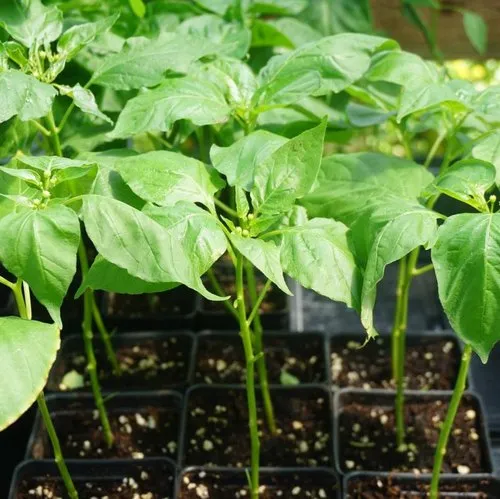
You can buy seeds or young plants of bell pepper to get started on planting. You can pick whichever way is convenient for you. Seeds are available to purchase at garden centres or online seed suppliers. You can even get young plants from garden retailers in spring and early summer. Since they are several varieties to pick from, you need to know if you are planting them in the ground or containers; you have to decide if you are keeping the plant on the patio or in the garden. Different varieties have different lengths of growing seasons, different fruit sizes, and a wide range of colours. You should know all these things when picking the bell pepper variety to plant in your garden.
2. Where to Grow Capsicum
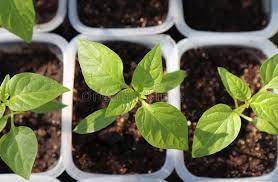
Bell peppers need to be kept warm. If you have a heated propagator, the temperature should be around 20°C, or a warm, sunny windowsill is fine if you do not have a propagator. Wherever you grow your bell peppers, put a stick in the soil and cover up the whole thing with a plastic bag. This keeps heat and moisture in for better growth.
3. When to Sow Capsicum
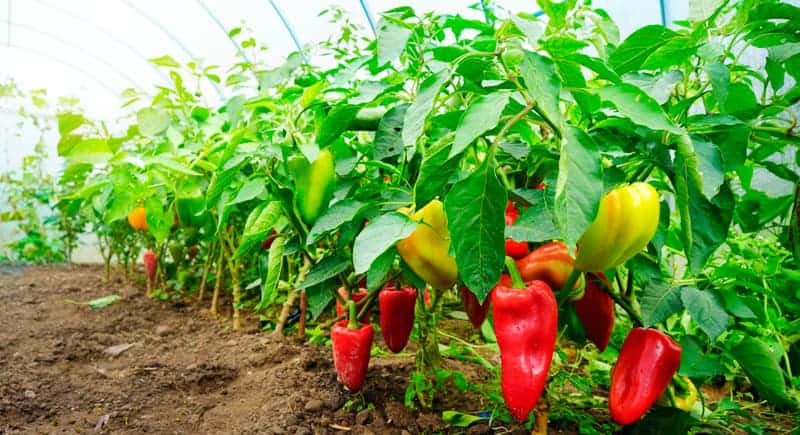
From the middle of February to early March, you can sow the bell pepper seeds indoors, which will grow in a glasshouse. From late Mach or early April, you can sow the seeds which will grow outdoors. Place the seeds in seed trays or individual pots or containers filled with seed compost. Put the seedlings in a warm place and cover them. Look for two fully formed leaves on each seedling; this is the first sign that the plants are strong enough to be moved.
4. How to Transplant Indoors
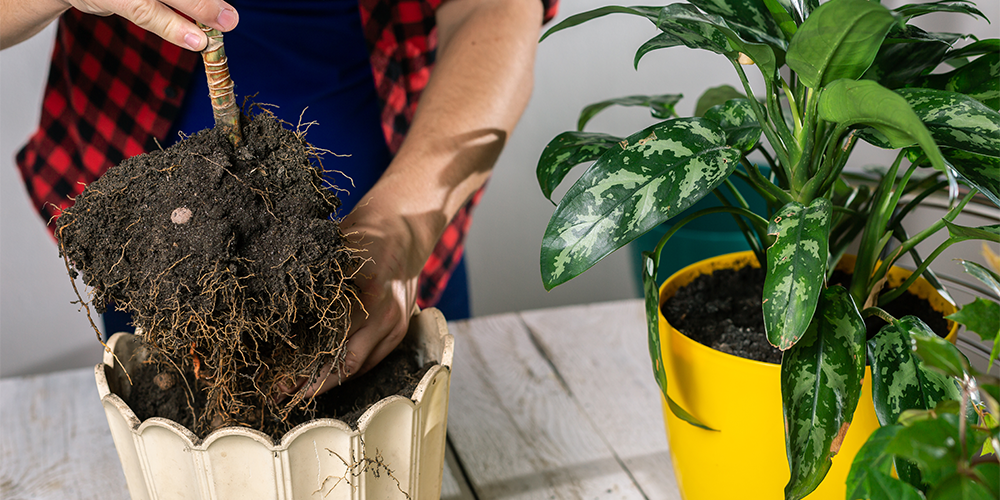
You’ll need a large pot, around 30 cm or more in diameter, since the bell pepper plant needs space to grow properly. The young bell pepper plant can be moved towards the end of April if you have a heated greenhouse, or if not, then at the beginning of May.
5. How to Transplant Outdoors
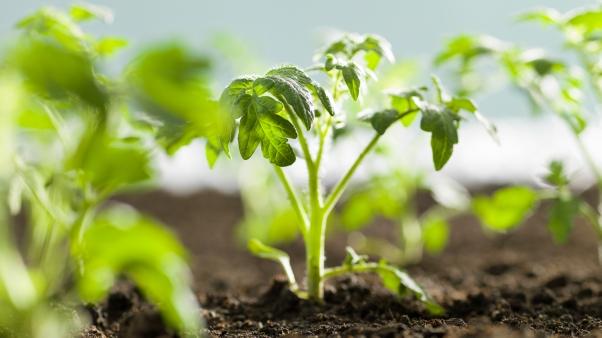
When growing capsicum outdoors, you can put your bell peppers in a pot, a bag, or the ground. They need to be planted after the middle of May; make sure the last frost is gone. The young bell peppers are fragile and do not like frosty conditions, so take extra precautions during this step.
6. Fertiliser for Bell Pepper
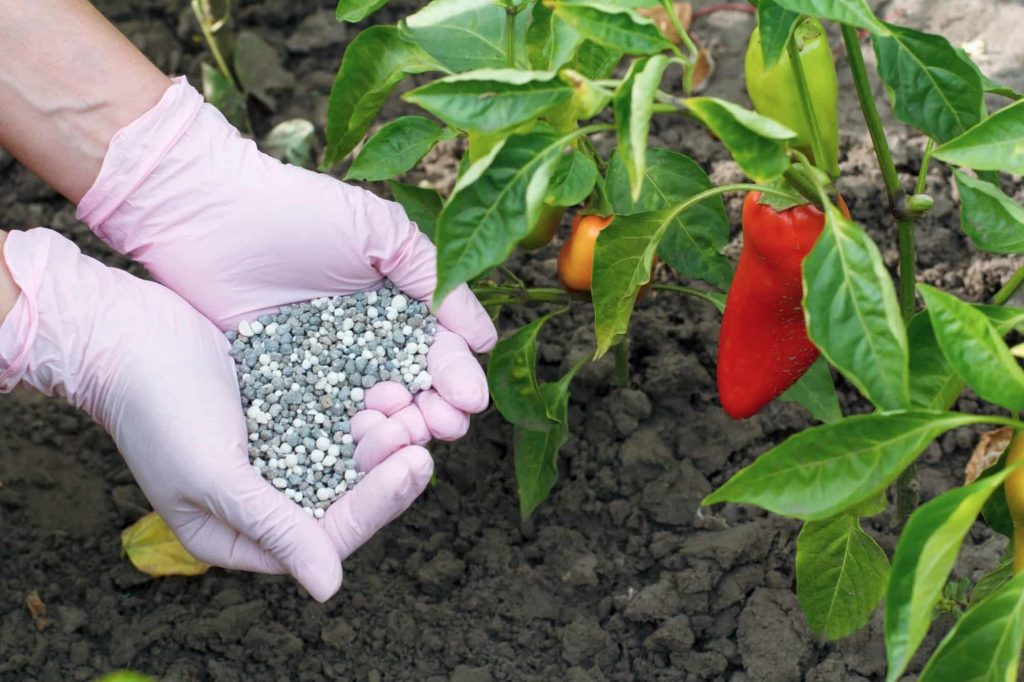
Once the first fruits emerge, liquid fertiliser can help your bell pepper. A comfrey feed or similar nutritional fertiliser is a good idea. The bell peppers grow much better with this step. Feed your pepper plants around every fortnight in the fruiting season.
7. Watering Capsicum Pepper
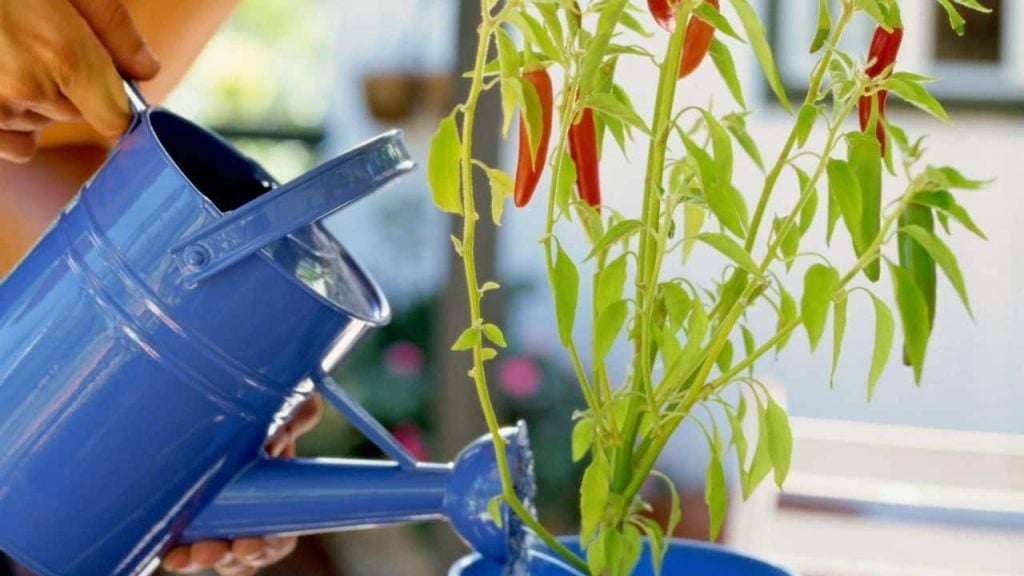
Remember to water the bell peppers regularly. During hot weather, you must be vigilant to ensure the soil doesn’t dry out; dry soil impedes the pepper’s ability to grow. You might have to water the bell peppers at least daily and sometimes more. Some mulch can be added to stop moisture evaporation from the soil.
8. Pinching the Bell Pepper Plant
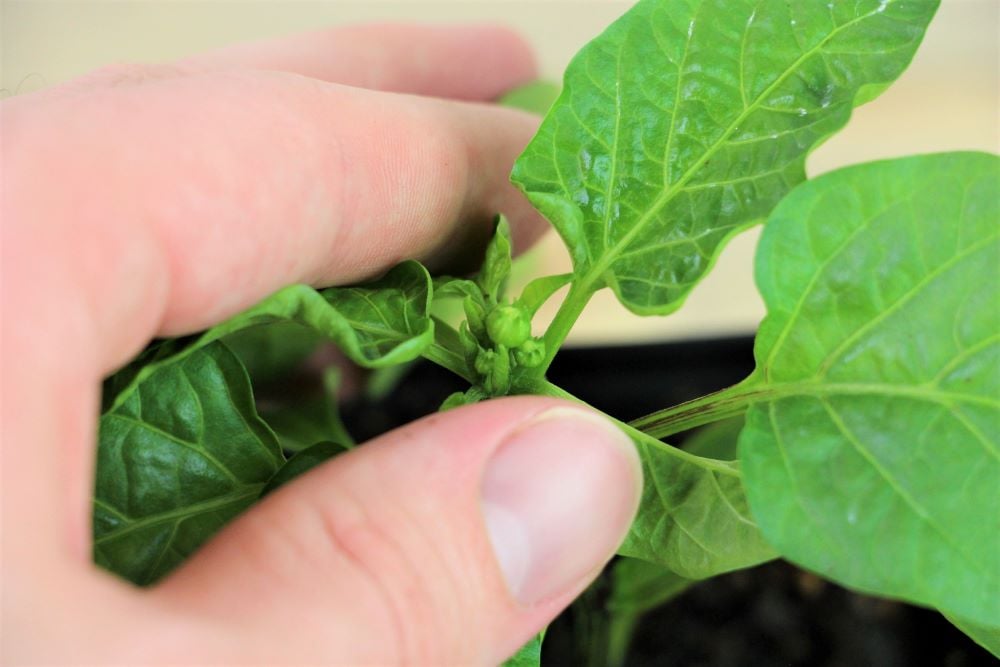
If you leave your pepper plants unrestrained, they can be unruly. So, pinch back the stems to boost growth. Pinched tips encourage branching, and pinched back side shoots promote pepper growth. Pinching the backside shoots will produce more fruit but smaller. Be careful where and how much you pinch.
9. Harvesting the Sweet Bell Pepper
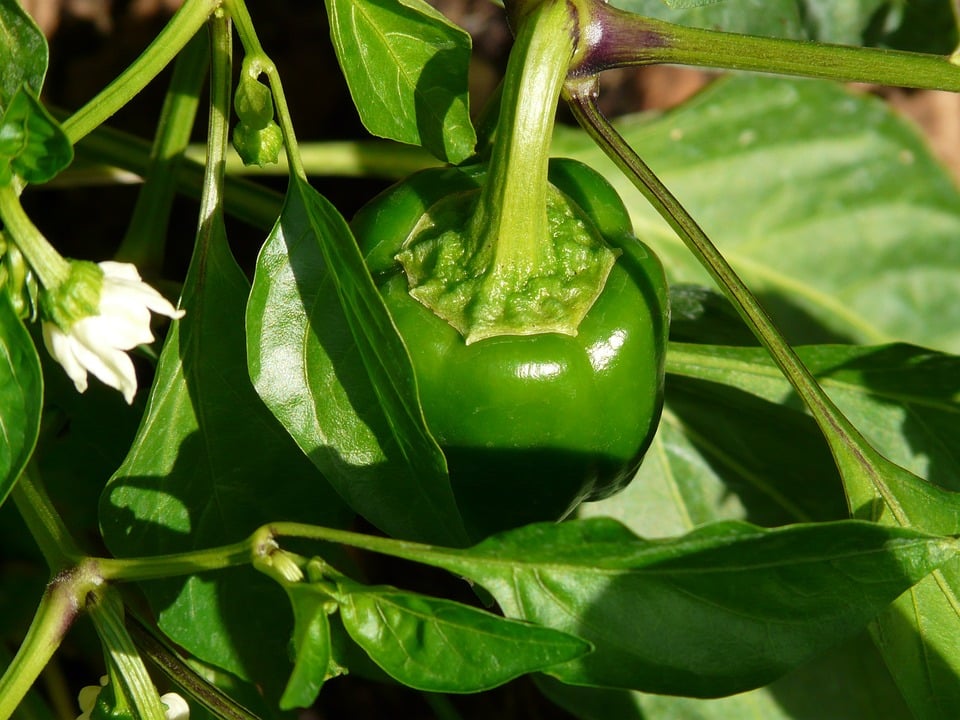
When your peppers are ready, then you can harvest them; this usually takes 120 days or so after sowing, but this will vary depending on the variety. You should wait until the peppers are the size you want; if they are not at the preferred colour of ripeness, then just leave and wait. The bell peppers go from green, the least ripe, to red, the ripest, via yellow and orange colours. If you leave bell peppers on the vine to ripen, another pepper flower will not be able to take its place.
Once green peppers are harvested, the bell pepper plant will fruit more; that is why you should pick them according to your taste. In a greenhouse, harvest the bell peppers from mid-summer to autumn. Bell peppers outdoors start to fruit around August and stop when the temperatures fall during late summer or early autumn. At the end of the season, cover up the outdoor plants, or you can bring them inside, which allows any remaining fruits to ripen.
Problems to Look out For While Growing Capsicum
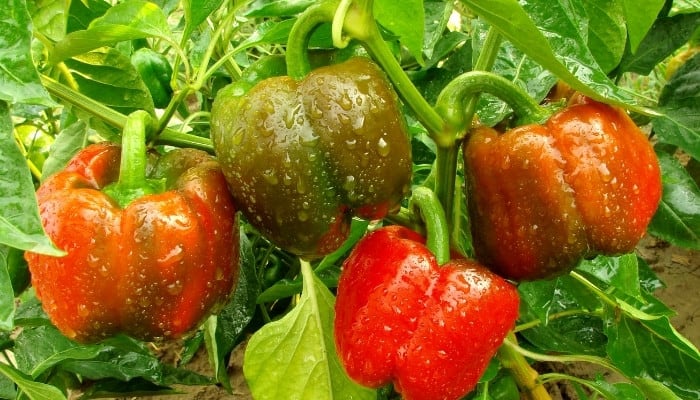
As any gardener will tell you, you must monitor your plants for pests. One of those pests is the glasshouse red spider. These spiders like to weave thin webs to cover a plant section before feasting inside the web. Hot and dry conditions attract these spiders; moist air keeps them away. Spray your bell pepper plants so that these spiders stay away. Another pest, aphids are tiny green insects that eat sap inside leaves; their excrement left behind draws in fungus. Whiteflies might be a concern in the greenhouse, especially in dry conditions. You can see these bugs with your eyes; remove them by hand and wash the leaves once spotted. Check the young pepper plants for snails and slugs.
A Starter Kit for Growing Bell Peppers
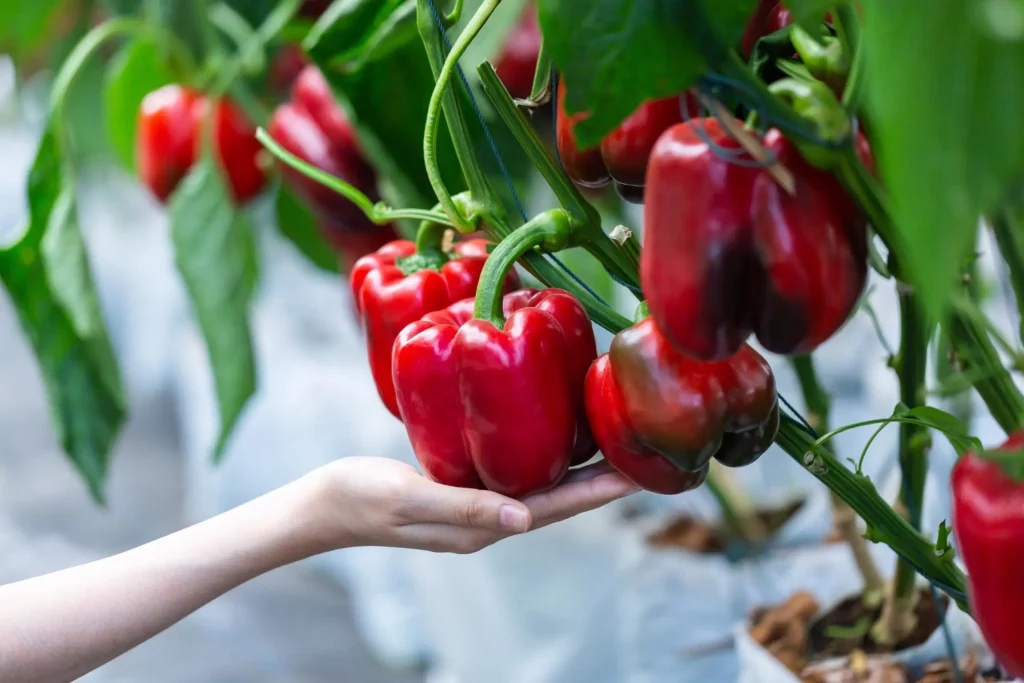
There are a few things you need first before you start planting capsicum pepper plants.
Bell Pepper Seeds
You can grow bell pepper from seeds.
- Kraido Red Bell Pepper Seeds
- Habanero Antilles Red – 10 Seeds
- De Cayenne – 20 Seeds
- Habanero Antilles Red – 10 Seeds
Young Bell Pepper Plant
Bell pepper can be grown from young plants just as well.
- Chilli Pepper Seeds ‘Hot Lemon’ Capsicum baccatum
- Chilli Pepper Plug Plants. ‘Quickfire’. Fast ripening.
- Plant UK ‘Pillar Yellow’ Capsicum annuum
- Chilli Pepper Plants in Pots ‘Tabasco’ Capsicum Annuum
Heated Propagator
Bell pepper plants need warmth which a heated propagator can help with.
- 10 Pack NEW Seed Trays 120 Cells with Heightened Lids
- Stewart Medium-Heated Propagator
- 7 Trays with Clear High-Sided Vented Lids
- 52 x 41.5 x 28cm Large Heated Propagator
Comfrey Feed
Your sweet bell pepper needs a good feed for healthy growth.
- Enviro Works – Organic Wonder Feed
- Natural Comfrey Feed For Flowers
- Comfrey Pellets Natural Fertiliser (750g)
- Comfrey Pellets Natural Fertiliser (1.5kg)
Gardening Tools
A garden is incomplete with gardening tools.
- 9-Piece Heavy Duty Gardening Hand Tools
- 11 PCS Aluminum Alloy Steel Hand Tool
- 11 Piece Heavy Duty Garden Tool Set
- Durable Garden Tools Set 11Pcs
Final Thoughts
In the market, Capsicum is known as Bell Pepper, Pepper, or Sweet Pepper; all are part of the Capsicum species. Native to Central American and South America, these pepper made their to Asia and Europe, and now they are a staple in cuisines worldwide. They come in various sizes, such as long pointed or rounded bell peppers; the colours range includes green, yellow, orange, and red.
Known for nutrients, versatility, and flavour, Capsicum will blend perfectly into your garden along with your other plants and flowers. You start growing capsicum pepper from seeds or young plants in pots, containers, or ground; plant them indoors or outdoors. With careful watering and pinching back, you will be able to harvest bell peppers in no time. Get ready to be amazed at the number of peppers your little capsicum seedling will give birth to by the end of the first growing season, and you’ll be stunned at how good your peppers taste.

